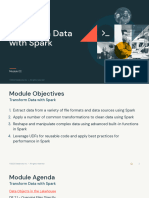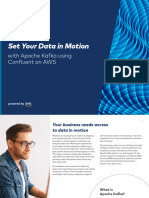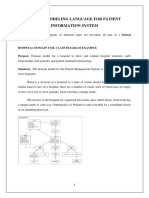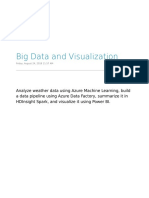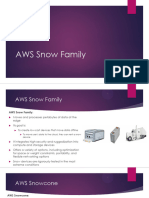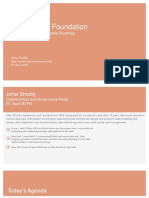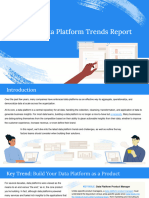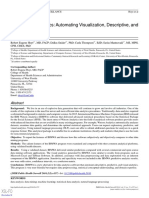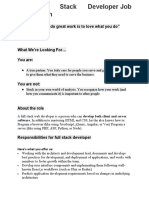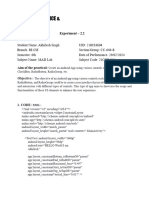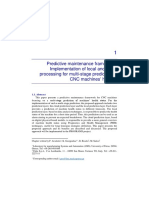0% found this document useful (0 votes)
37 views15 pagesHow To Build Your Data Platform From Scratch
The document outlines how to build a modern data platform from scratch, emphasizing the importance of a talented data team and the right technology stack. It provides guidance on measuring the ROI of data investments, including identifying use cases, metrics, and real-life examples from companies like Drata, Prefect, and Dr. Squatch. The conclusion stresses the need for data observability to ensure trust in data accuracy and justify data-related expenditures.
Uploaded by
Manuela FreireCopyright
© © All Rights Reserved
We take content rights seriously. If you suspect this is your content, claim it here.
Available Formats
Download as PDF, TXT or read online on Scribd
0% found this document useful (0 votes)
37 views15 pagesHow To Build Your Data Platform From Scratch
The document outlines how to build a modern data platform from scratch, emphasizing the importance of a talented data team and the right technology stack. It provides guidance on measuring the ROI of data investments, including identifying use cases, metrics, and real-life examples from companies like Drata, Prefect, and Dr. Squatch. The conclusion stresses the need for data observability to ensure trust in data accuracy and justify data-related expenditures.
Uploaded by
Manuela FreireCopyright
© © All Rights Reserved
We take content rights seriously. If you suspect this is your content, claim it here.
Available Formats
Download as PDF, TXT or read online on Scribd
/ 15


